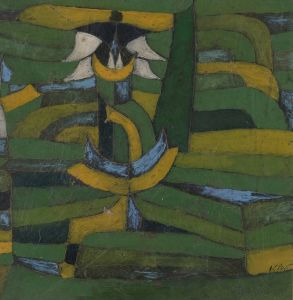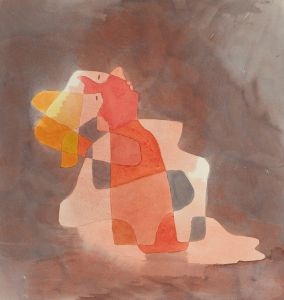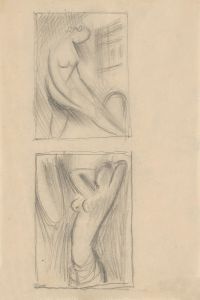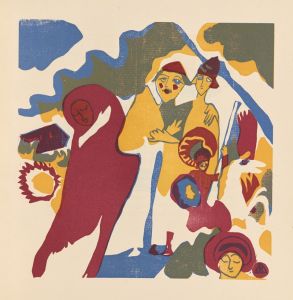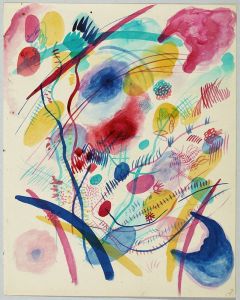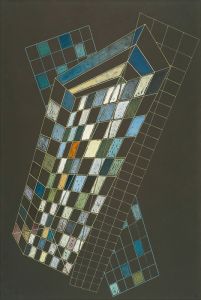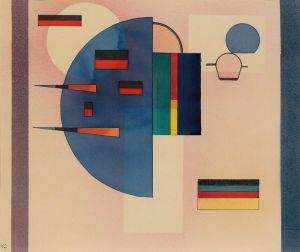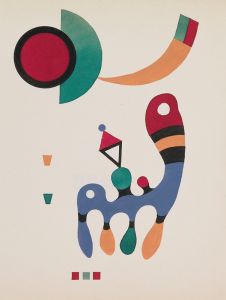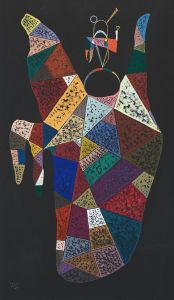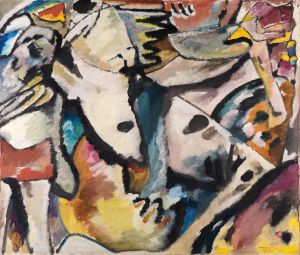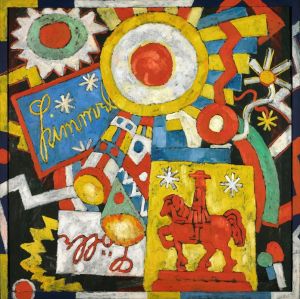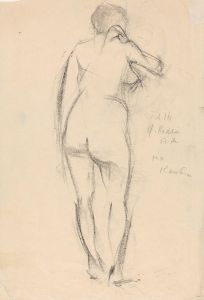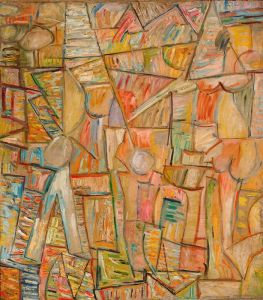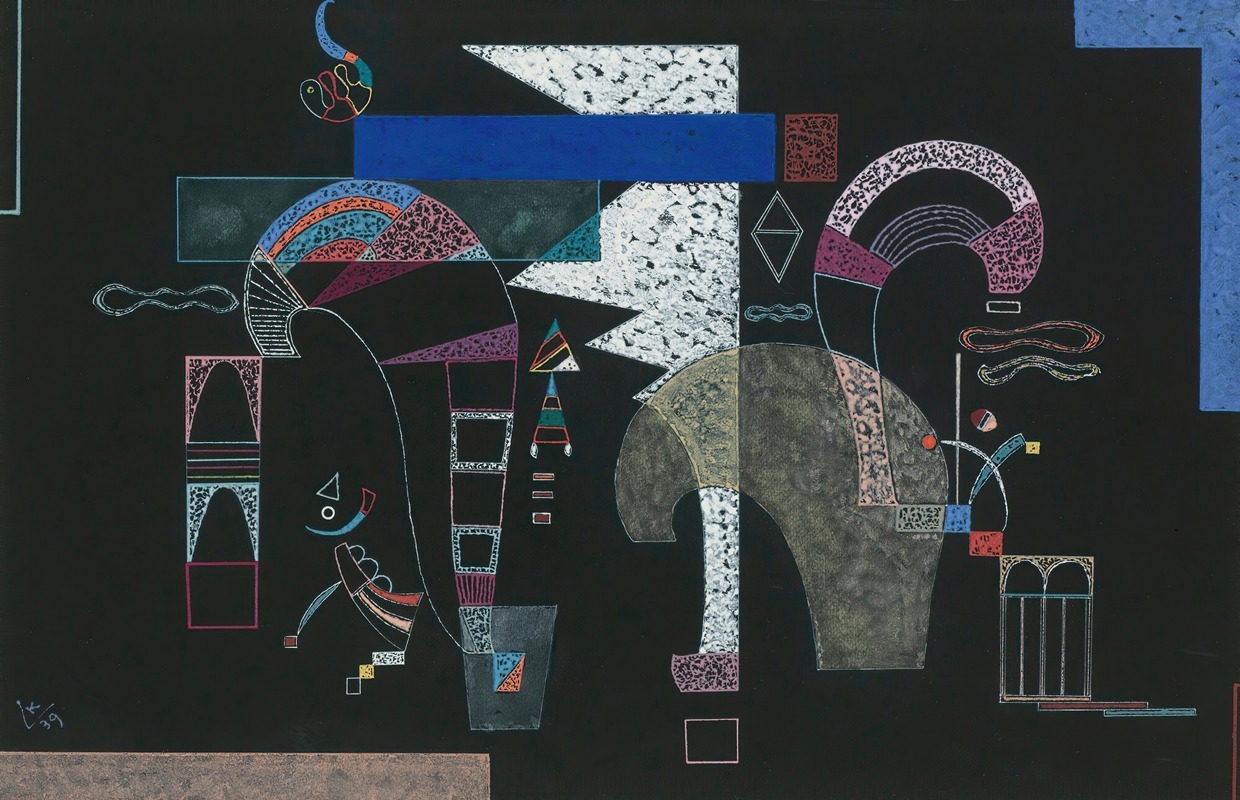
La Forme Blanche
A hand-painted replica of Wassily Kandinsky’s masterpiece La Forme Blanche, meticulously crafted by professional artists to capture the true essence of the original. Each piece is created with museum-quality canvas and rare mineral pigments, carefully painted by experienced artists with delicate brushstrokes and rich, layered colors to perfectly recreate the texture of the original artwork. Unlike machine-printed reproductions, this hand-painted version brings the painting to life, infused with the artist’s emotions and skill in every stroke. Whether for personal collection or home decoration, it instantly elevates the artistic atmosphere of any space.
Wassily Kandinsky, a pioneering figure in abstract art, created "La Forme Blanche" in 1943. This painting is a testament to Kandinsky's mature style, characterized by a complex interplay of geometric shapes, vibrant colors, and dynamic compositions. By this time, Kandinsky had fully embraced abstraction, moving away from representational art to explore the emotional and spiritual effects of color and form.
"La Forme Blanche" is notable for its use of biomorphic shapes, a hallmark of Kandinsky's later work. These organic forms are juxtaposed with precise geometric elements, creating a sense of harmony and balance. The painting's title, which translates to "The White Form," suggests a focus on the central white shape that dominates the composition. This form is surrounded by a vibrant array of colors, including blues, reds, yellows, and greens, each carefully chosen to evoke specific emotions and reactions from the viewer.
Kandinsky's use of color in "La Forme Blanche" reflects his deep interest in the synesthetic relationship between color and sound. He believed that colors could convey emotions in a manner similar to music, and he often referred to his paintings as "compositions." In this work, the interplay of colors and forms creates a visual rhythm, inviting viewers to experience the painting as they would a piece of music.
The context of "La Forme Blanche" is also significant. Created during World War II, the painting reflects Kandinsky's response to the turmoil and uncertainty of the time. Despite the chaos of the outside world, the painting exudes a sense of calm and order, perhaps reflecting Kandinsky's belief in the transformative power of art. His work during this period often sought to transcend the immediate reality, offering a vision of harmony and spiritual renewal.
Kandinsky's artistic philosophy was deeply influenced by his theoretical writings, particularly his seminal book "Concerning the Spiritual in Art," published in 1911. In this text, he articulated his belief in the spiritual potential of abstract art, arguing that it could express the innermost feelings of the artist and evoke profound responses in the viewer. "La Forme Blanche" embodies these principles, serving as a visual exploration of the spiritual and emotional dimensions of abstraction.
The painting is part of Kandinsky's later oeuvre, created after he had settled in France following his departure from Germany due to the rise of the Nazi regime. In France, Kandinsky continued to develop his unique style, drawing inspiration from the vibrant art scene in Paris and his interactions with other avant-garde artists. "La Forme Blanche" is a reflection of this period of creative exploration and innovation.
Today, "La Forme Blanche" is celebrated as an important work in Kandinsky's career, exemplifying his mastery of abstract composition and his enduring influence on modern art. The painting is housed in a prominent collection, where it continues to inspire and captivate audiences with its bold use of color and form, as well as its underlying spiritual message. Through works like "La Forme Blanche," Kandinsky cemented his legacy as a visionary artist who forever changed the landscape of 20th-century art.





